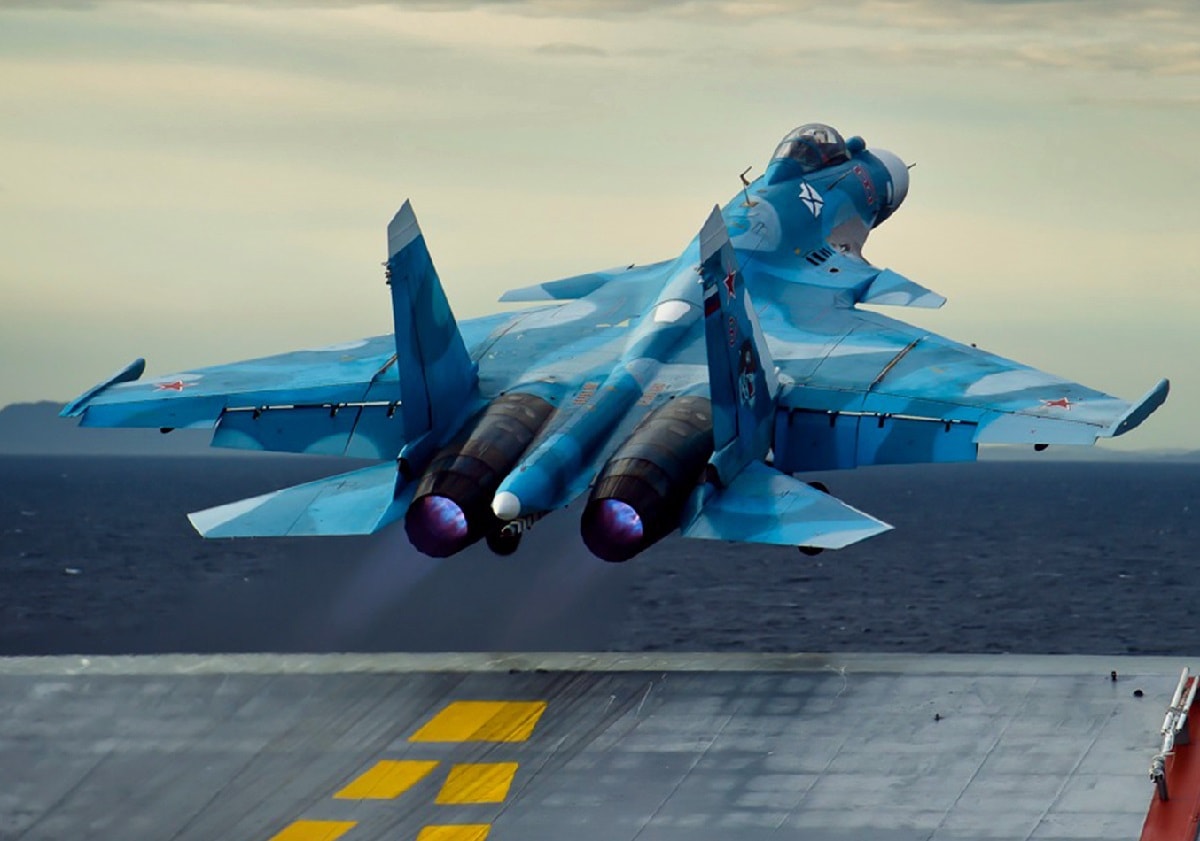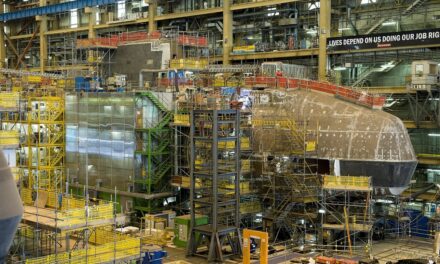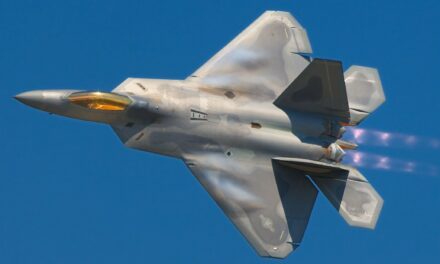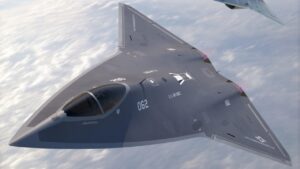We support our Publishers and Content Creators. You can view this story on their website by CLICKING HERE.
Key Points: The Russian Navy’s sole aircraft carrier, Admiral Kuznetsov, faces severe operational and structural challenges that cast doubt on its future.
-Lacking steam catapults, the carrier relies on a ramp-launch system that limits fighter takeoff weight, fuel, and ordnance, severely impairing combat effectiveness.
-Reports of corroded metal structures, flooded holds, and safety concerns further highlight its deteriorating condition, with some experts suggesting it may never return to service.
-While Russia once hoped to operate the carrier through 2050, its inability to project meaningful power or sustain global operations underscores the diminishing relevance of Admiral Kuznetsov to Russian naval ambitions.
Admiral Kuznetsov: Russia’s Ailing Aircraft Carrier Faces Uncertain Future
Russia’s apparent inability to bring its sole aircraft carrier back to active service is one of many challenges, complexities, and problems associated with the Admiral Kuznetsov carrier.
Apart from its troubled history including an onboard fire and massive fuel spill, the ship also suffers from several clear performance deficits.
Aircraft Carrier Performance
For instance, the Russian Navy’s only aircraft carrier does not launch fighters with steam catapults but instead relies upon a bow ramp. This “forces reductions in the planes’ takeoff weight and patrol time,” according to a 2013 report from War is Boring.
What this means simply is that to whatever limited extent the carrier can operate, its performance would appear to be marginal at best.
A ramp launch not only limits sortie rate but, as described in the article, requires that fighters be launched with less fuel and less ordnance, something which greatly impedes mission functionality.
Added to this, the carrier brings little if any ability for the already floundering Russian Navy to project power globally in any kind of impactful way.
It may not be clear how many aircraft Admiral Kuznetsov can travel with, yet its ability to launch powerful bombing campaigns appears marginal or even non-existent.
Russia’s Carrier Dream Slowly Dies
Even if Russia’s Naval ambitions were more regional in nature, meaning largely restricted to the Black Sea and an ability to intimidate NATO allies along its border such as Bulgaria and Romania, its sole carrier would seem ill-equipped to exact any kind of substantial combat impact.
Previous plans for the carrier indicate that Russian military leaders have been hoping the Kuznetsov will serve all the way to 2050 or beyond, yet that ambition appears to be clearly at odds with reality and available facts on the ship.
There is also the question as to whether the ship will even return at all, as numerous reports on the carrier such as one from Pravda, say the ship’s metal structures and third deck are almost entirely corroded.

Image: Creative Commons.
“Ship repairmen warned the military that the condition of Admiral Kuznetsov does not allow it to be deployed due to the high probability that it would sink or capsize. During the examination, it was revealed that the metal structures below the third deck of the ship were significantly corroded. The holds are filled with muddy water, which makes it impossible to examine the ship in detail from the inside,” the Pravda paper states.
About the Author: Kris Osborn
Kris Osborn is President of Warrior Maven – Center for Military Modernization. Osborn previously served at the Pentagon as a Highly Qualified Expert with the Office of the Assistant Secretary of the Army—Acquisition, Logistics & Technology. Osborn has also worked as an anchor and on-air military specialist at national TV networks. He has appeared as a guest military expert on Fox News, MSNBC, The Military Channel, and The History Channel. He also has a Masters Degree in Comparative Literature from Columbia University.

 Conservative
Conservative  Search
Search Trending
Trending Current News
Current News 





